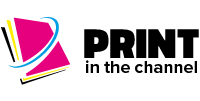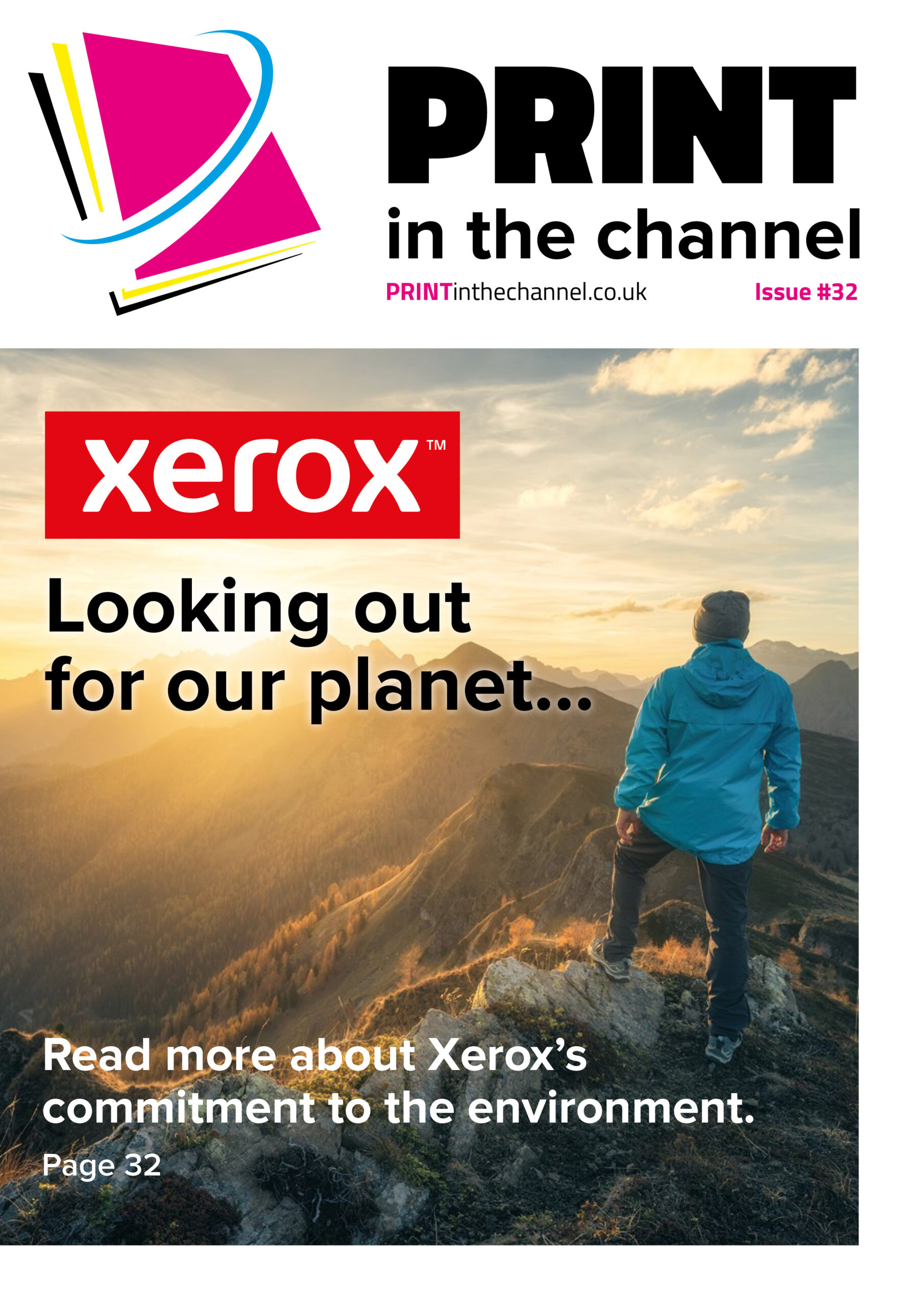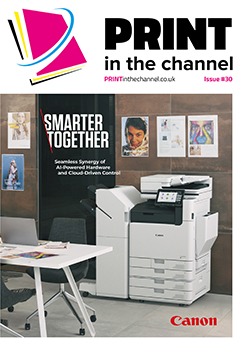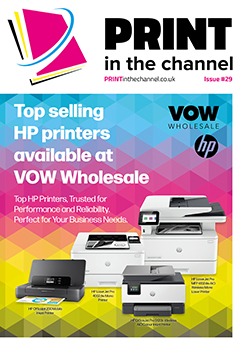Lexmark is set for continued growth in the coming years, and this is because it has a set of solutions for enterprise and channel partners that satisfy a range of needs, including sustainability.
October was a good month for Lexmark – the global imaging and IoT solutions company was recognised as a leader for its managed print services and cloud print services by global print and market insight research firm Quocirca.
In its Managed Print Services Market Landscape 2023 report, Quocirca highlighted Lexmark’s industry expertise, deep sustainability focus and comprehensive security approach. It also recognised Lexmark’s small and medium businesses (SMB) MPS offering, which was expanded in February with the launch of MPS Express, a solution for SMBs to streamline their document management processes and free them from day-to-day printer management.
Bringing enterprise solutions to the channel
For Arjan Paulussen, Lexmark’s managing director for Western Europe and English-speaking Africa, this is pleasing. “Some of the enterprise grade solutions that we’ve had for our direct customers for a while we’re now bringing to the channel, such as MPS Express. Basically, MPS Express provides that entire enterprise grade managed print services offering to channel partners that don’t have the time and/or investment available to build their own infrastructure. It’s costly to do that, so we package that up, including monitoring, management, proactive delivery of toners, etc, which enables the channel partner to go to their end users and essentially sell it as their MPS solution.
“With Enterprise customers, you’re looking at hundreds or thousands of units, but this solution works from one or two devices. It is a tremendous capability and we’ve had a lot of good feedback from our channel partners so far. It’s a good example of AI analytics and machine learning combining to turn something that is enterprise grade into a true value add for our channel partners. We have numerous partners onboarded already, they’re now going out and selling it successfully.”
This is indicative of the confidence in Lexmark currently, as the business takes advantage of the more favourable market conditions currently. “Over the past couple of years there were massive issues around logistics and component availability – as there was for the rest of the industry – leading to us having to really forecast accurately because shipments often became much more expensive, we tried to protect our customers and channel partners from that,” Arjan says. “But we’ve come out of that period in a strong position and we’re on a path of continued growth.”
Arjan adds that the impact of the pandemic wasn’t as great on Lexmark as it was for some in the sector. “We’re more in the front office side of the industry, and for many people there was simply no choice to stay at home because they had to continue to run banks, retail stores in person,” he says. “So compared to some manufacturers that are more focused on the back office, our decline was less.
“Now we are looking at strong growth. We have a model in place that aims to protect our existing accounts, and then we look to expand the business with those existing accounts through introducing new solutions and new technologies, for instance, there is a lot of focus on IoT right now where we can offer more value to those customers. For enterprise and channel partners we have some strong growth initiatives in place and this year we have endeavoured to reward our channel partners in a more meaningful way for the new business that they bring into Lexmark.”
Customer retention
This growth strategy involves customer acquisition but also retention – and the latter is a big emphasis for Lexmark, with many customers staying loyal to the business for more than 10 years, according to Arjan.
This longevity is down to a combination of reasons, he adds. “Everything has to click; if you do well in one area you can’t fall over in another,” he says. “It starts with technology. We manufacture our own technology, so we can very quickly act on questions from our customers and tweak things or do things differently. We’re also doing a lot of great work around AI and data analytics and how we monitor and manage print fleets – enterprise and channel – our devices have literally hundreds of sensors that give us data. And when you fold that in with algorithms, we can predict when a device will fail.
“This means that when a technician is going to see a customer, we make sure to check whether any components are expected to fail and we’ll fix it so the customer doesn’t have an issue, although we rarely have issues with our fleet. Add in value added projects and initiatives and that customer becomes a customer for life.”
Long relationship
But it isn’t just customers that have long-standing relationships with Lexmark – Arjan has been with the company for more than 20 years. “I am fortunate to have been able to work in three different continents in that time,” he says. “I spent 17 years in the US, there was some time in Australia running the Lexmark business there and I’ve been back in Europe now for the past three. I’m originally from the Netherlands, and we left there in 1999, I thought that would be a two- or three-year gig, but it was 20 years later we returned to Europe.
“Lexmark has transformed quite a bit in that time,” says Arjan. “We like to say that we now create cloud enabled imaging technologies and IoT solutions and those help our customers to realise their business outcomes. We started as a spin off from IBM, but we’ve always taken an industry approach to the market and we combine that industry expertise with our proven technologies and that combination helps our customers to accelerate their business transformation.
“As managing director for Western Europe and English-speaking Africa, part of my role is to run the business in the UK, which is one of Lexmark’s biggest markets in Europe. It’s been traditionally a very strong market for us. For instance, our contract renewal rate for managed print services is in the high 90s percent.
“We enjoy a very strong indirect part of the business as well, where we work with channel partners and our partners enjoy the combination of the technology that is always robust and reliable and they can count on, combined with strong channel programmes to help them go to market.”
Sustainability
Another key for Lexmark, in the UK and around the world is sustainability. The company has a goal to become carbon neutral by 2035. “Since 2005, we’ve reduced our emissions by 62%, which is massive,” says Arjan. “We set a goal in 2015 to reduce our energy consumption by 20% by 2025 and last year we surpassed that and achieved a 26% reduction.
“Externally, there’s a lot of focus on sustainable design, the efficient use of our devices and then at the end of the life, the responsible reuse through recycling or remanufacturing devices. Print is a churn industry – every three, four, five years, the device is picked up, sometimes it goes to a landfill, sometimes it’s recycled or there’s the secondary market. But Lexmark devices are manufactured to be robust with metal frames inside and such like, so they last seven, eight or nine years. We’ve even seen examples of devices that have printed millions of pages and been in the field for 18 years. We call this intentional engineering; we design and manufacture our devices to last a lot longer.
“The environmental benefits of keeping a device in the field longer are big. We’re now offering programmes to our channel partners to promote the use of our devices for a longer duration. Think about extended warranties for not four years, but for seven or eight years. That’s exciting; it’s a shift in thinking, because when you look at the channel partners, a lot of times things like pay plans are set on that churn. But there’s tremendous benefits from a sustainability perspective.”
Arjan adds that Lexmark is also a leader in having post consumable content in its devices. “We want to have 50% of PCR plastics in all our devices by 2025,” he says. “For Lexmark it is now 39%, which is well beyond any guidance from whatever government institutes you’ll find. Over 90% of the materials are already with 60% PCR. Add to that the cartridges where 100% of the material is recyclable, we really have a fantastic sustainability story. We need to go out and sell that story a little bit more.”
Digital transformation
As mentioned, Lexmark is also a leader in cloud print, and looks to help customers and channel partners with their digital transformation journey and adoption of cloud technology. “We run cloud strategy workshops with our channel partners, which we started this year,” says Arjan. “The reason we’re doing that is that we find that everybody talks about cloud, but it’s important to have a strategy. Channel partners are all in a different evolution of the journey; some are at the beginning, some are a lot more sophisticated, and it requires a different approach.
“We have a lot of offerings with benefits. We have cloud fleet management, that is a platform that helps with monitoring, management, replenishment, things like that. Underneath that platform are add-ons such as cloud print management, which is essentially a follow me solution. We also recently introduced a translation assistant on the cloud, where you can use your multifunction device with a document that you have, for example, in English and translate it into another language.”
Security is another priority for customers, Arjan notes. “Cloud security continues to be of tremendous importance and there are big opportunities for channel partners in this,” Arjan says. “We’ve seen digitisation, especially over the last couple of years, but as a report from Quocirca noted, 70% of companies remain highly dependent on print and of those companies, 79% expect to increase their security spend around print over the next year.
“The message to the channel partners is make sure that you have these discussions, make sure you talk to Lexmark about our capabilities that are built into our cloud offerings, for instance. This is where the whole cloud strategy comes into place because you have these different building blocks and security is critically important and will remain so.”
Arjan is confident about the future for Lemark in the UK, anticipating that growth will continue, with the company’s range of solutions for businesses large and small. “It’s a very busy vibe,” he says. “Things like AI are coming in and there is cloud adoption that’s changing the market.
“I’m excited about Lexmark, we’ve made very significant investments into our managed print services platform and we are ready to push our growth in the UK and elsewhere.”










